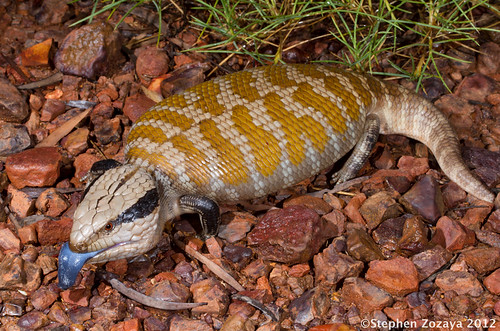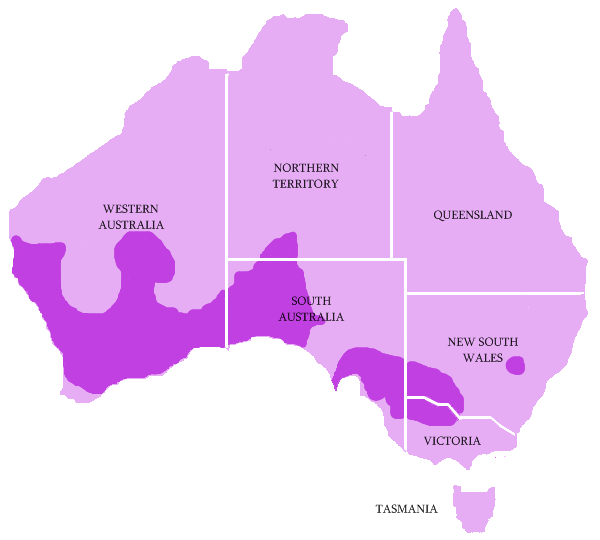- Eastern Blue Tongue Lizard
- Central Blue Tongue Lizard
- Western Blue Tongue Lizard
- Shingleback Lizard (although not a "Blue Tongue" a close relative)
If you want an article containing more detail about some of these incredible reptiles just ask!
To all the images I used in this blog post.
Image 1
http://coolcompanions.com.au/eastern-blue-tongued-skink/
Image 2
http://www.crocodilesanddragons.com.au/skinks.html
Image 3
http://www.oakvalefarm.com.au/centralian_blue-tongue_lizard.php
Image 4
http://www.flickriver.com/photos/tags/tiliquamultifasciata/interesting/
Image 5
https://commons.wikimedia.org/wiki/File:Western_Blue-tongued_lizard-dist.png
Image 6
https://www.flickr.com/photos/colonel_007/3519583355
Image 7
http://coolcompanions.com.au/shingleback-lizard/
Image 8
http://www.oakvalefarm.com.au/shingleback_lizard.php
Eastern Blue Tongue Lizard
 |
| Image 1 |
The Eastern Blue Tongue Lizard (Tiliqua Scincoides) lives along most of the Eastern and Northern Coast of Australia.
 |
| Image 2 |
Central Blue Tongue Lizard
 |
| Image 3 |
The Western Blue Tongue Lizard (Tiliqua Fasciata) lives in Central Australia and along the coast of Western Australia.
 |
| Image 4 |
Western Blue Tongue Lizard
 |
| Image 5 |
The Western Blue Tongue Lizard (Tiliqua Occupitalus) lives along the South Western coast of Western and Southern Australia.
 |
| Image 6 |
Shingleback Lizard
 |
| Image 7 |
The Shingleback Lizard (Tiliqua Rugosa) is found in Southern Western Australia as well as most of Southern Australia and New South Wales.
 |
| Image 8 |
Conservation
Blue Tongues all across Australia are in decline for several reasons:
- Domesticated and feral animal attacks
- Blue Tongues have short and stumpy legs and are unable to run away
- Blue Tongues open up their mouths and show off their blue tongue to scare away predators
- Dogs are normally fooled (if only temporarily)
- Cats are not fooled and will continue to attack
- Lawn Mowing
- It is commonplace to find a blue tongue lizard in your yard when you are mowing, but the blue tongues will not run away when they hear the lawnmower- instead choosing to fight it
- Insecticides
- Blue Tongues love snails! They will not leave one alone if they see it.
- Because of snail poisons, blue tongues commonly eat poisoned snails and die.
- Avoid using snail poison in your backyard- the snail population will recover but the blue tongue population will not!
- As well as loving snails, blue tongues also love strawberries!
- They will eat any strawberry, whether it is ripe or not!
- Because of poisons sprayed on plants, the blue tongues can also die from poisoned strawberries.
You can help save blue tongues by:
- Keeping your pets inside
- Walking pets on leashes
- Leaving blue tongues alone if you see one on the ground
- Not using insecticides! The blue tongues can keep the snail population under control just fine if you don't kill them!





